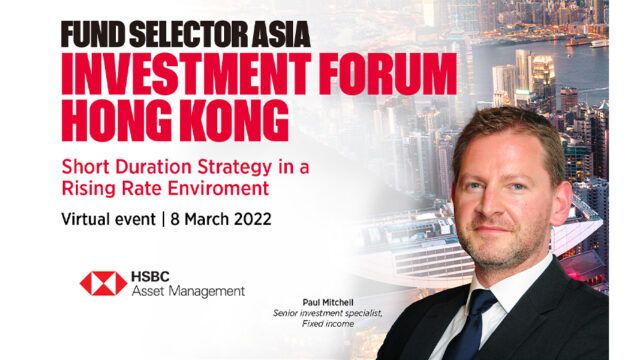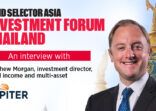How and in what circumstances does a short duration fixed income strategy protect capital and generate returns?
The long-term performance history was good alongside equally impressive drawdown statistics. Considering our strategy is one of the best performing within the sector, providing a stable income source, protects portfolios during rate rises, more importantly offers investors downside protection – a naturally healing part of global fixed income asset class. It’s worth acknowledging that in fixed income universe, gains are not made through capital appreciation in a rising rate, but through income. When looking at high quality corporates, offering attractive spread versus governments, simultaneously providing continuous income stream. Short duration investment grade corporates provide consistent levels of risk-adjusted return, simultaneously building defence versus unforeseen volatility. Bonds in this space recover or ‘heal’ relatively quickly in a sell-off/market downturn compared to other longer-maturity fixed income sectors. In fact, investor demand for these bonds increases with amplified uncertainty, while comparatively the downsides tend to be much less pronounced, hence a quicker recovery.
What flexibility does the strategy have to take credit risk, and what are the typical sector, geographic, floating-rate or fixed-rate, and private debt allocations?
The strategy adopts a total return approach to generating returns which allows flexibility across the full fixed income opportunity set. The strategy is truly global in nature and the split between credit and government exposure in normal times is roughly 75%/25% – but equally the portfolio manager has the ability to tweak allocations subject to the economic environment. Floating rate exposure is obtained via Securitised Credit and is expected to be between 15-30%. The strategy only invests in liquid, exchange traded securities and holds no distressed or private debt.
What are the expected returns and what are the biggest risks for the strategy?
Expected returns for this strategy should be circa 2-3% per annum over a cycle, backed-up by the 20-year total return performance of the Bloomberg 1-3 Global Aggregate index. The biggest risk for the strategy is actually credit risk and for example – a sustained period of asset class repricing. For short duration bonds, the credit risk element is reduced as risk is limited by the short period left to maturity. Whilst Inflation is also a risk, in respect of just how far central banks are willing to go in addressing the issue, yet we consider that this can be properly managed via the correct rates and curve positioning. Compared with the full duration Bloomberg Global Aggregate, when allocating to Global Short Duration the cost of getting the call wrong historically has not burned investors, and on a risk-adjusted basis has actually outperformed, thereby adding to the argument for short duration.
The Fund Selector Asia Investment Forum Hong Kong was held virtually on 8 March 2022 and was sponsored by HSBC Asset Management, Jupiter Asset management, Nuveen and Vontobel Asset Management.
Find out more about what was discussed and the strategies that were presented here: https://fundselectorasia.com/events/fsa-investment-hong-kong/

















